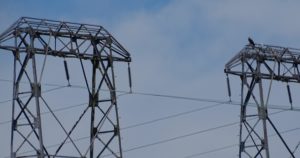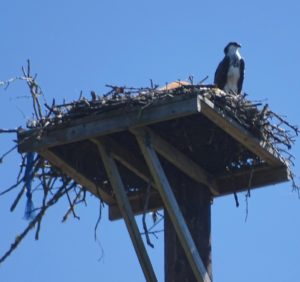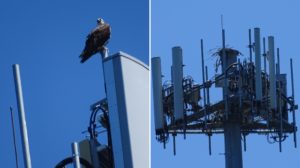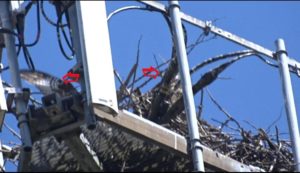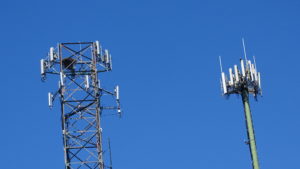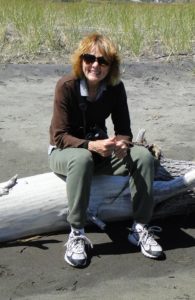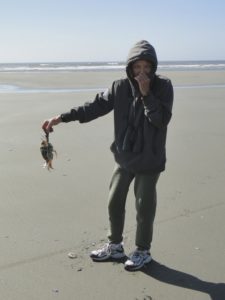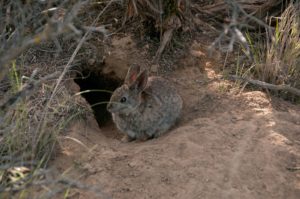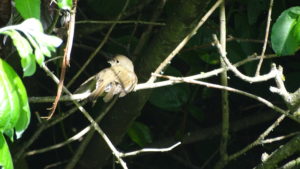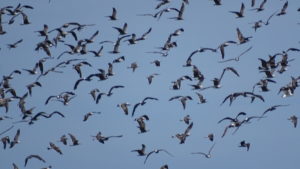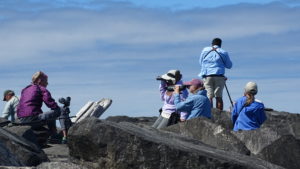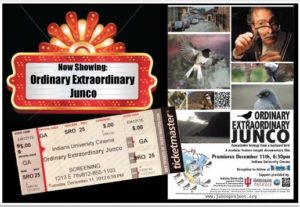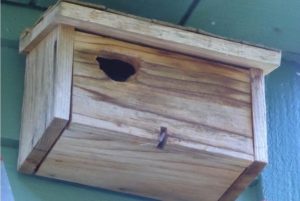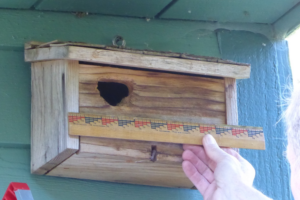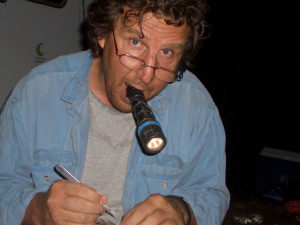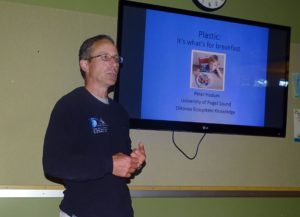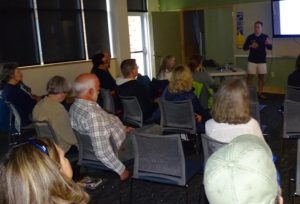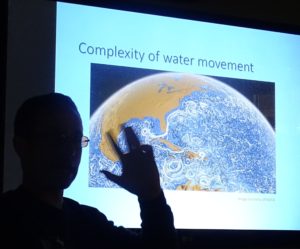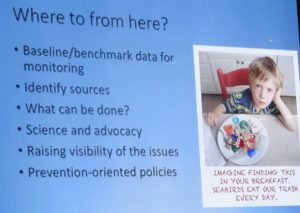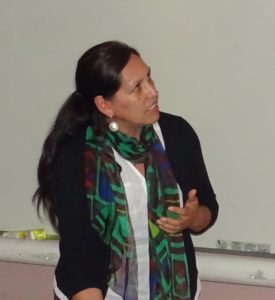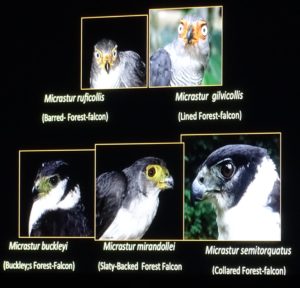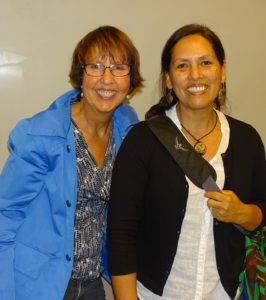Osprey nests on the peninsula had some good news compared to last year, but some bad news, too.
The Purdy Osprey nest almost completely disappeared for the first time in the 28 years I’ve watched it. Tacoma Water’s website claimed they were using deterrents to discourage Osprey from nesting since they would be tearing those power towers down after osprey season. When Laurel Parshall and I went to their informational meeting we found that the timeline had been extended over a year and that the osprey could have nested. Furthermore, the Tacoma Water biologist at the meeting said he knew of no deterrents that had been used and didn’t know why they hadn’t nested. We have photos of the spikes placed on the towers. Because of the extended timeline, they could still nest next year if the deterrents don’t work. The birds have been able to use the towers as fishing perches. Tacoma Water claims they will “relocate” the osprey, although in the past a tower they put up on the Purdy side was spurned by the birds. It seems to me that “relocation” can only be done by the Osprey themselves. More info: https://www.mytpu.org/tacomapower/fish-wildlife-environment/cushman-hydro-project/henderson-bay-project.htm
Speaking of Tacoma Water’s power tower project, the Victor/Allyn nests were part of that same project. Two nests were lost (plus the Heronry on one set of towers), and one platform was erected on the Victor side. That platform was successful for the second year in 2016, and there was one ready-to-fledge chick seen on 7/24/16 and again on 7/28/16. Due to extreme height of the platform, no birds were seen prior to that except the occasional adult flyby.
A suspected nesting site from last year on the very tall cell tower at the corner of Highway 302 and Elgin-Clifton Road on the Key Peninsula was confirmed this year, but possibly unsuccessful. An osprey has been seen there frequently, but the bird there on July 28th was an adult. That cell tower was filled with random sticks and one smallish nest. The traffic pattern and no pullouts make this one very difficult to view. Of course, they could have already fledged by then.
Meanwhile, there was Osprey success at the cell tower off north Peacock Hill Road for the first time in 3 years or so. On July 30, there was lots of flapping going on from at least 2 hard-to-see birds with a possible adult there as well tearing apart a fish.
Good news at the Wollochet Bay nest. Last year, this WDFW-Cam nest featured a dead Osprey chick on its photo feed, which was then stopped. This year, there was 1 young ready to fledge and 1 adult in the nest on July 28, but the webcam has remained turned off (according to WDFW: “out of alignment and cannot be repaired this season”).
Lastly, the nest on the cell tower by the Inn at Gig Harbor has been active again. Due to the angle of this tall tower, no chicks were observed until August 1, although an adult was frequently on guard there. On August 1, at least one chick was flapping like crazy in the nest, so success, but no camera with me!
Still no nests at all on the cell tower off Highway 16 just north of the cemetery on the east side and no nest in Port Orchard in the subdivision cell tower east of the China Sun buffet on Bethel-Burley Road. These were undoubtedly removed by the cell companies.

